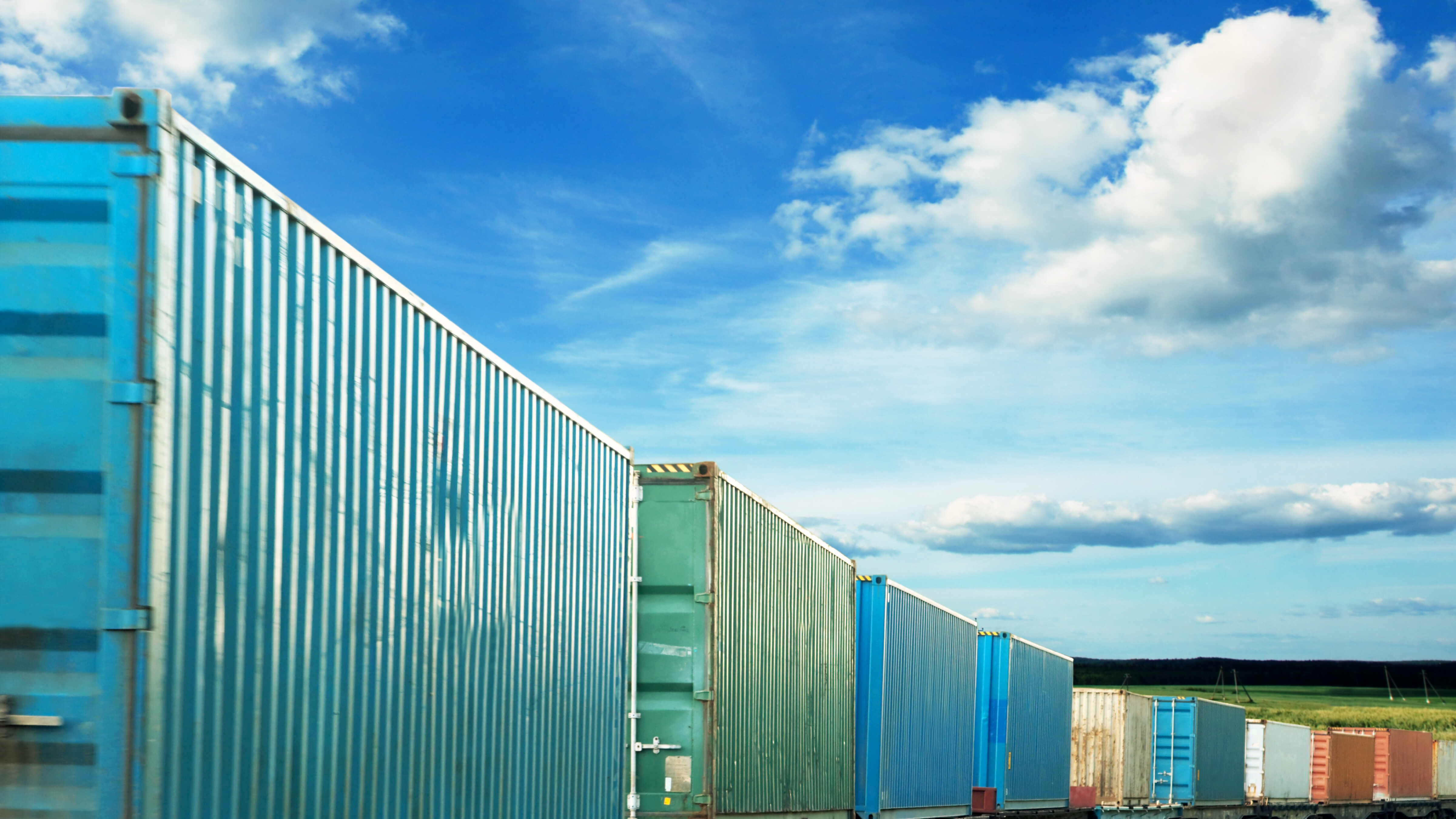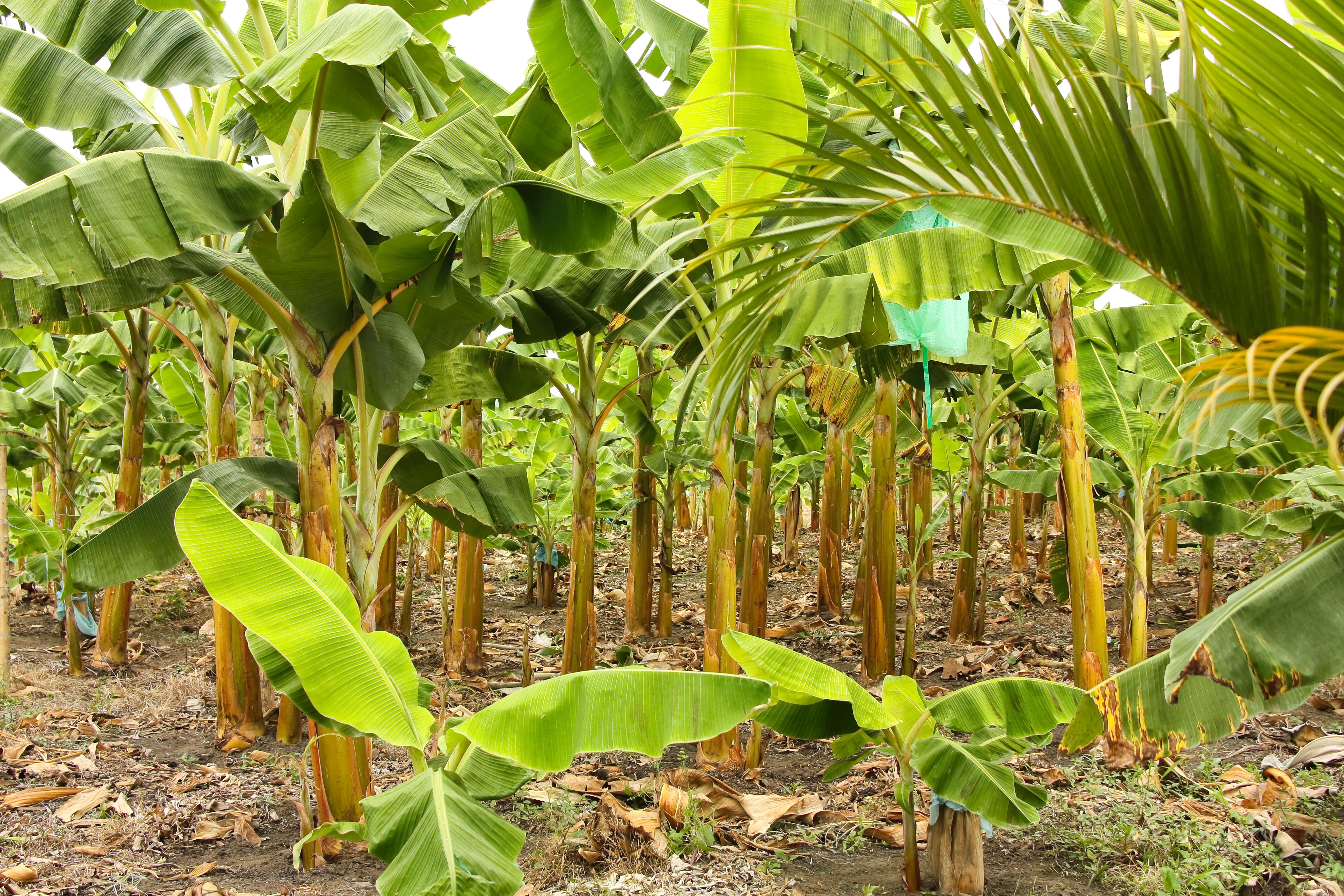Central American Exports Set to Boom
Over the last decade Central America has undergone an industrial revolution, with manufactured goods supplanting agricultural ones. LatAm INVESTOR investigates how British investors can take advantage of the trend...

In recent weeks, the Mediterranean Sea has become a tragic, watery graveyard. Ironically, a place that most Brits associate with fun and holidays is the final, most perilous leg of a daunting journey for many African migrants.
Less reported in the UK, but just as sad, is the Central American child immigrant crisis. Every year tens of thousands of Central American children make the long journey north to hand themselves in at the US border. There they hope a loophole in US immigration law means that they will be handed over to relatives already in America.
There are many reasons to be optimistic about Central America...
Dodging police, drug traffickers and petty criminals must make for a horrible journey - especially for a child travelling alone. But they are driven by the tough conditions in their home countries. Four of the five most murderous countries in the world are found in the tiny Central American isthmus. Chuck in high youth unemployment, corruption and poverty and you can see why so many are prepared to take on such a risky journey.
But, as depressing as all that sounds, there are many reasons to be optimistic about Central America. The region is benefiting from several trends that are going to boost economic growth and improve the quality of life for its people. It might sound contrarian to invest in a region which still has so many problems but so far it’s paid off, with UK firms like Cable & Wireless (CWC) doing good business in the region.
Defining Central America
Firstly, a quick definition of Central America. The region is made up of Belize, Costa Rica, El Salvador, Guatemala, Honduras, Nicaragua and Panama and is home to around 41 million people. The largest country is Guatemala with 14 million people; the smallest is Belize with just 300,000 people, while the rest have between three million and seven million people each.

There are huge differences between the countries, for example Panama City has a skyline to rival New York while Nicaragua’s capital, Managua, would struggle to outshine Basingstoke. On the plus side, Nicaragua is one of the safest places in the region, unlike Guatemala, Honduras, El Salvador and Belize, which have murder rates to rival war zones.
But despite these differences it’s still worth looking at the region as a whole. That’s because it’s so small and interconnected that all of the countries are being shaped by similar economic forces.
Central America's Hidden Strengths
If you ever read about Central America in the British press, it’s normally because something bad has happened. The drug wars and fearsome-looking gang members – the ones with the tattoos all over their faces – generate plenty of negative headlines.
But away from the headlines the region is actually undergoing an economic transition. It is home to some of Latin America’s fastest growing economies and over the last few years, Central America has outperformed South America. That looks set to continue with the IMF expecting growth of more than 4% in both 2015 and 2016.
Most British investors assume that Central American economies are still based around banana or coffee experts – and 15 years ago, they would have been right. Back in 2000, commodities still accounted for more than half of Central American exports but since then a transformation has taken place. Manufacturing is now the region’s economic mainstay, accounting for 75% of exports.
Central America is becoming a hub for the light manufacture of products destined for the US market. Its two main assets are low labour costs and a great location close to the US. That’s helped it thrive despite competition from China. Indeed, Central America is currently in a demographic sweet spot. It might be a small region but it has a young and growing population. That creates a growing labour force, which keeps wages competitive and gives industry room to expand.
Central America is powering itself with renewables
Another factor that will help Central America is energy. Central America has amazing renewable energy resources, which can produce power far more cheaply than, say, a British offshore wind turbine. As a result, there has been a spate of renewable energy projects across the region that have helped to wean it off the dependence on fluctuating oil prices. For example, Costa Rica now gets 100% of its power from renewable energy. In Guatemala, the figure is almost 70% while in Nicaragua it is 50% and rising fast.

Having low and stable energy costs will boost Central America’s competitive advantages as a manufacturing hub for the US market. But Central America is not just focused on the US. It recently signed a trade agreement with the EU, which will lead to a lot more Central America products ending up in British shops.
Central American exports to Europe have grown from €14bn in 2009 to more than €25bn today. That growing trade with Europe, now 8% of the total, is helping the isthmus diversify away from its traditional dependence on the United States. Moreover, it looks set to increase. Once the EU deal comes into force, tariffs on 92% of Central American imports will be cut.
Central American producers of quality value-added goods, such as rum and cigars, should also see a European sales boost. Meanwhile, textile producers, who have built their business on selling to the US, will gain another 500 million tariff-free customers.
Finally, a huge infrastructure push across the region is improving connectivity between Central American countries and the wider world. For example, Nicaragua is building an inter-oceanic canal for an estimated $40billion while Panama and Guatemala are spending $35billion and $8.4billion, respectively, on planned infrastructure projects.
The US is also investing heavily in Central American infrastructure projects through the clunkily-titled ‘Plan of the Alliance for Prosperity in the Northern Triangle’. The US will fund more than $1billion of road and power grid projects in El Salvador, Honduras and Guatemala in a bid to boost those economies and, hopefully, stem the flow of migrants in the process.
These infrastructure projects will give another big boost to the region’s manufacturers. Because, as Oxford University professor, Diego Sánchez-Ancochea, noted at a recent talk I attended, “for manufacturing in the region to really develop we need to the countries become integrated in larger supply chains… We’ve seen countries in Asia do this to great effect. Asia has been successful not just because of China but they have linked between countries to create a whole product.”
Central America's transition to a manufacturing hub is throwing up great opportunities for British investors.